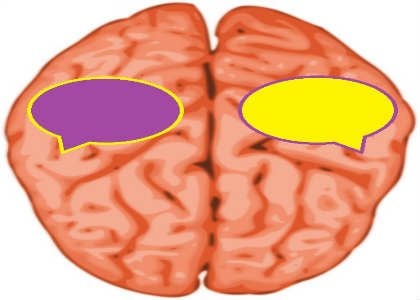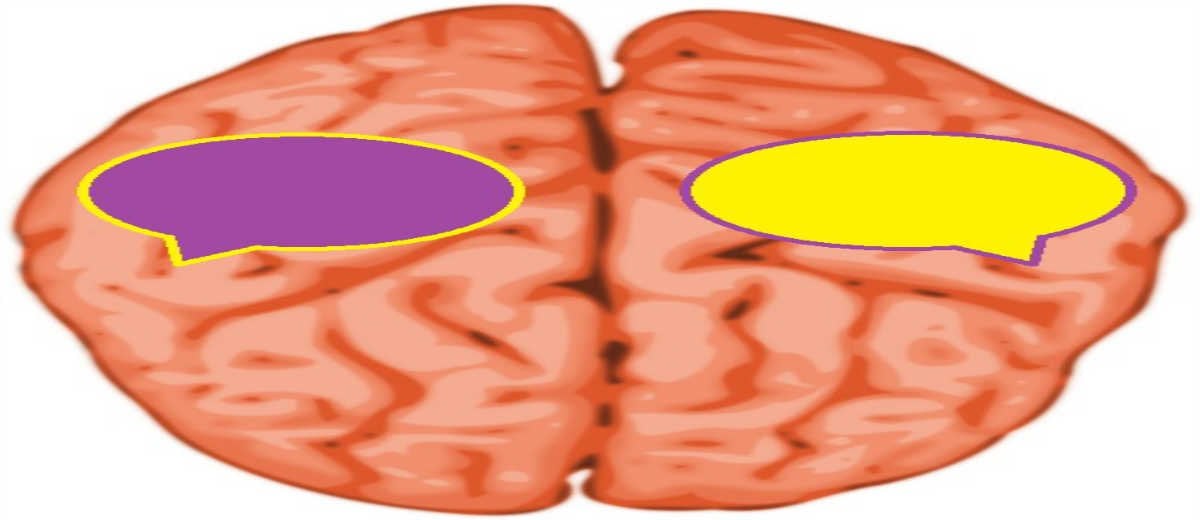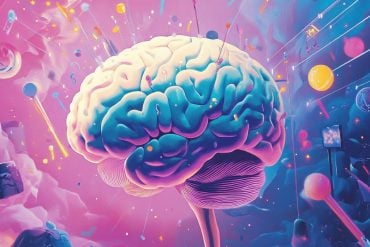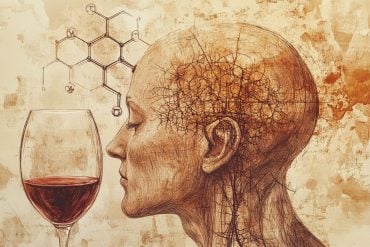We use both sides of our brain for speech, a finding by researchers at New York University and NYU Langone Medical Center that alters previous conceptions about neurological activity. The results, which appear in the journal Nature, also offer insights into addressing speech-related inhibitions caused by stroke or injury and lay the groundwork for better rehabilitation methods.
“Our findings upend what has been universally accepted in the scientific community—that we use only one side of our brains for speech,” says Bijan Pesaran, an associate professor in NYU’s Center for Neural Science and the study’s senior author. “In addition, now that we have a firmer understanding of how speech is generated, our work toward finding remedies for speech afflictions is much better informed.”

Many in the scientific community have posited that both speech and language are lateralized—that is, we use only one side of our brains for speech, which involves listening and speaking, and language, which involves constructing and understanding sentences. However, the conclusions pertaining to speech generally stem from studies that rely on indirect measurements of brain activity, raising questions about characterizing speech as lateralized.
To address this matter, the researchers directly examined the connection between speech and the neurological process.
Specifically, the study relied on data collected at NYU ECoG, a center where brain activity is recorded directly from patients implanted with specialized electrodes placed directly inside and on the surface of the brain while the patients are performing sensory and cognitive tasks. Here, the researchers examined brain functions of patients suffering from epilepsy by using methods that coincided with their medical treatment.
“Recordings directly from the human brain are a rare opportunity,” says Thomas Thesen, director of the NYU ECoG Center and co-author of the study.
“As such, they offer unparalleled spatial and temporal resolution over other imaging technologies to help us achieve a better understanding of complex and uniquely human brain functions, such as language,” adds Thesen, an assistant professor at NYU Langone.
In their examination, the researchers tested the parts of the brain that were used during speech. Here, the study’s subjects were asked to repeat two “non-words”—“kig” and “pob.” Using non-words as a prompt to gauge neurological activity, the researchers were able to isolate speech from language.
An analysis of brain activity as patients engaged in speech tasks showed that both sides of the brain were used—that is, speech is, in fact, bi-lateral.
“Now that we have greater insights into the connection between the brain and speech, we can begin to develop new ways to aid those trying to regain the ability to speak after a stroke or injuries resulting in brain damage,” observes Pesaran. “With this greater understanding of the speech process, we can retool rehabilitation methods in ways that isolate speech recovery and that don’t involve language.”
Notes about this neuroscience and speech research
The study’s other authors included: Gregory Cogan, a postdoctoral fellow at NYU’s Center for Neural Science; Chad Carlson, an associate professor of neurology at the Medical College of Wisconsin; Werner Doyle, an associate professor of neurosurgery at NYU Langone; and Orrin Devinsky, professor of neurology, neurosurgery, and psychiatry and the director of the Comprehensive Epilepsy Center at NYU Langone.
The research was supported by grants from: the National Institute on Deafness and Other Communication Disorders (R03-DC010475), part of the National Institutes of Health; NYSTAR; the Sloan Foundation; the McKnight Endowment Fund for Neuroscience; and the Burroughs Wellcome Fund and FACES (Finding a Cure for Epilepsy and Seizures).
Contact: James Devitt – NYU
Source: NYU press release
Image Source: The brain image is credited to OpenClips and is in the public domain. We have adapted the image to fit this article.
Original Research: Abstract for “Sensory–motor transformations for speech occur bilaterally” by Gregory B. Cogan, Thomas Thesen, Chad Carlson, Werner Doyle, Orrin Devinsky and Bijan Pesaran in Nature. Published online January 15 2014 doi:10.1038/nature12935







